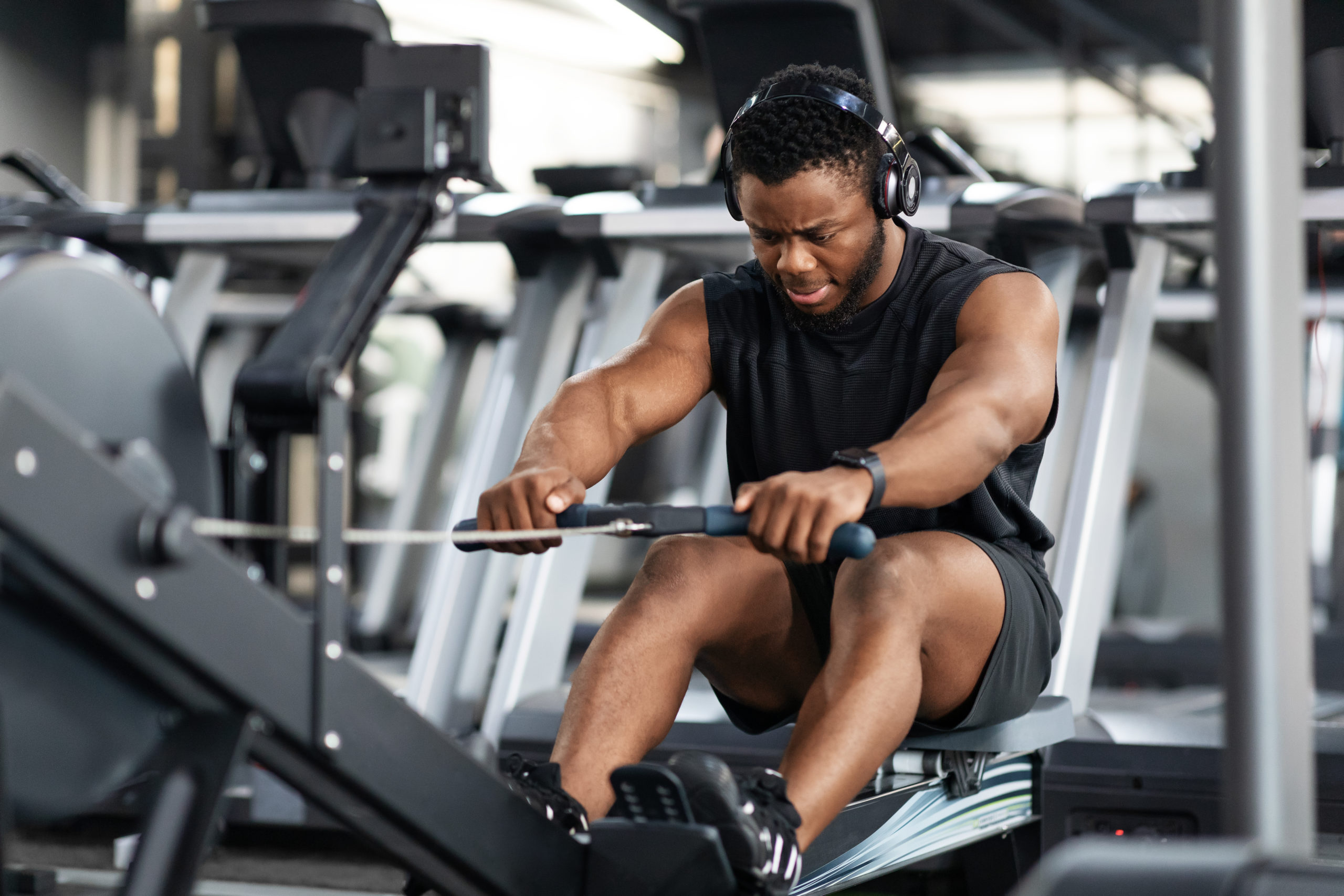Introduction
erging Indoor rowing, often referred to as erging, has surged in popularity as a full-body workout that combines cardiovascular endurance with strength training. Whether you’re a fitness enthusiast looking for a low-impact exercise or an athlete aiming to improve performance, offers a comprehensive workout that engages multiple muscle groups simultaneously.
What is Erging?

, derived from “ergometer,” refers to the use of a rowing machine, or erg, to simulate the action of rowing on water. It’s a versatile exercise that can be tailored to various fitness levels and goals, from beginners to elite athletes. The ergometer measures the work performed, making it an ideal tool for tracking progress and setting fitness benchmarks.
Benefits of Erging
provides numerous health and fitness benefits:
- Cardiovascular Health: It improves heart and lung function, enhancing overall cardiovascular endurance.
- Muscle Toning: Engages major muscle groups including legs, core, back, and arms, promoting strength and toning.
- Low-Impact Exercise: Unlike running or other high-impact exercises, is gentle on joints, reducing the risk of injury.
- Calorie Burning: Offers a high-calorie burn rate, making it effective for weight management and fat loss.
- Versatility: Suitable for cross-training athletes and rehabilitation purposes due to its customizable intensity levels.
Getting Started with Erging
Before diving into an routine, it’s essential to understand proper technique and setup:
- Equipment Setup: Adjust the foot straps and damper settings on the ergometer to ensure comfort and efficiency.
- Rowing Technique: Master the correct form, which involves a sequence of the catch, drive, finish, and recovery phases. Proper technique maximizes efficiency and reduces the risk of injury.
- Warm-up and Cool-down: Always begin with a dynamic warm-up to prepare muscles and end with a cool-down to aid recovery and prevent stiffness.
Erging Workouts for Beginners
For beginners, start with shorter sessions focusing on technique and gradually increase intensity and duration:
- Interval Training: Alternate between periods of high-intensity rowing and rest to build endurance and cardiovascular fitness.
- Pyramid Workouts: Increase and then decrease intensity in structured intervals, challenging both aerobic and anaerobic systems.
- Steady-State Rowing: Maintain a consistent pace over an extended period to build endurance and improve stroke efficiency.
Advanced Erging Techniques
Advanced rowers can incorporate more complex workouts to enhance performance:
- Power Strokes: Focus on explosive power during the drive phase to simulate sprinting on water, improving acceleration and strength.
- Race Simulation: Mimic race conditions by varying stroke rates and intensities, preparing for competitive rowing events.
- Cross-Training Integration: Combine erging with other exercises such as weight training or yoga to develop overall fitness and prevent overuse injuries.
Erging for Fitness Goals
Tailor erging workouts to specific fitness goals:
- Weight Loss: Incorporate high-intensity intervals and longer steady-state sessions to maximize calorie expenditure.
- Muscle Gain: Adjust resistance levels and incorporate resistance bands for added muscle engagement and strength development.
- Endurance Training: Focus on longer, steady-state rows to build aerobic capacity and endurance for longer distances.
Nutrition and Hydration for Erging
Optimize performance and recovery with proper nutrition and hydration strategies:
- Pre-Rowing Fuel: Consume a balanced meal rich in carbohydrates and protein 2-3 hours before a workout to provide sustained energy.
- Hydration: Stay hydrated throughout the day and consume water or electrolyte-rich beverages before, during, and after erging sessions.
- Post-Rowing Recovery: Refuel with a combination of carbohydrates and protein within 30 minutes of completing a workout to replenish glycogen stores and aid muscle repair.
Common Erging Mistakes to Avoid
Avoid these common pitfalls to maximize erging effectiveness:
- Poor Technique: Failing to master proper form can lead to inefficiency and increased risk of injury.
- Overtraining: Gradually increase workout intensity and duration to prevent burnout and overuse injuries.
- Ignoring Recovery: Allow adequate rest between sessions to promote muscle recovery and prevent fatigue.
Conclusion
Erging offers a versatile and effective workout for individuals of all fitness levels, combining cardiovascular benefits with muscle toning and endurance training. Whether you’re aiming to improve overall fitness, achieve weight loss goals, or enhance athletic performance, mastering erging techniques and integrating varied workouts can help you reach your objectives effectively. Incorporate proper nutrition, hydration, and recovery practices to optimize results and enjoy the lifelong benefits of indoor rowing.
